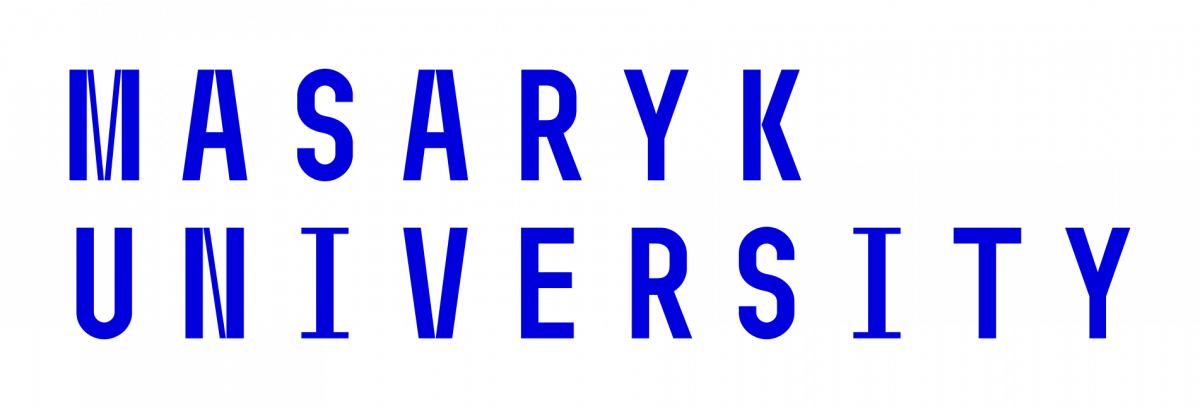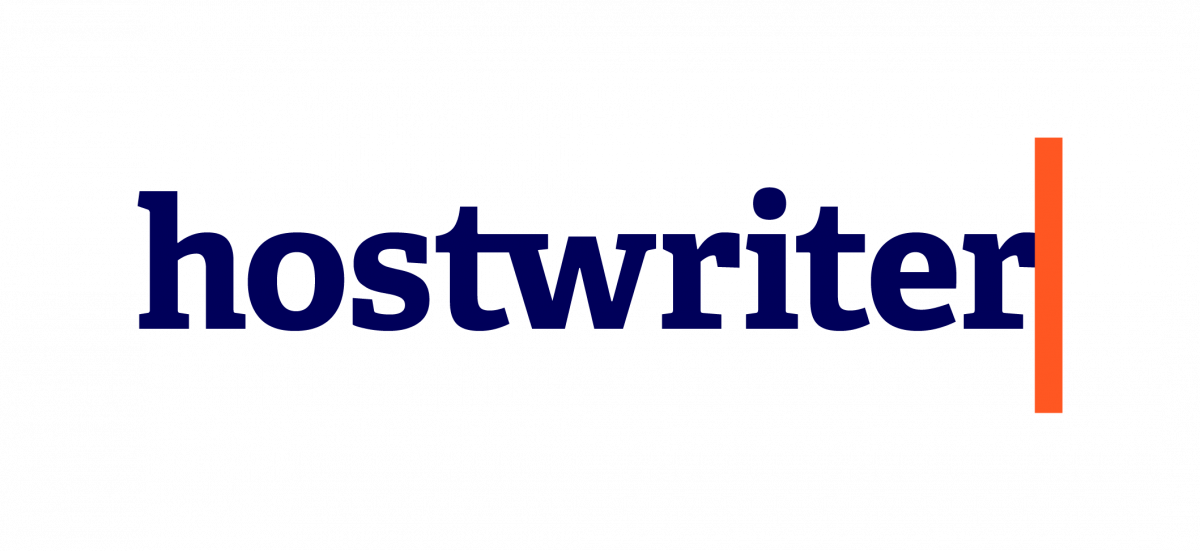Without sources there is no journalism: if journalists do not want to rely just on their own observations, they have to use sources to get more details and aspects of a story. A source can be a document (like a tape, a photo, a script, and a file), or a person. Sources ensure the free flow of information, they provide data, stories, and all possible inputs to inform and help to make decisions.
Using sources also means that journalists need to check their credibility. In the case of public records (company register, law directory etc.) the available data are authentic, so they usually do not need to be audited. However, if the information comes from a written source that is not available for the public (like internal records and investigative materials) the journalist has to verify whether they are authentic or not, who wrote them to whom, and for what purpose. A source that provides accurate information can be called reliable.
A distinction can be made between primary and secondary sources. A primary source is at the centre of the events and issues in question, or at least witnessed them. A document can also be a primary source. A secondary source is a person who only passes on information. Therefore, the possibility of distortion is higher than in the case of primary sources.
Some sources only share information if they can remain anonymous. Information from an anonymous source is less trustworthy for the audience than information with a named source. On the one hand, in the case of whistleblowing, verifying the authenticity of the leaked documents is even more important. On the other hand, protecting a source is one of the key elements of being a journalist, as well as an important part of press freedom. However, the protection of whistleblowers is currently regulated very differently worldwide.









